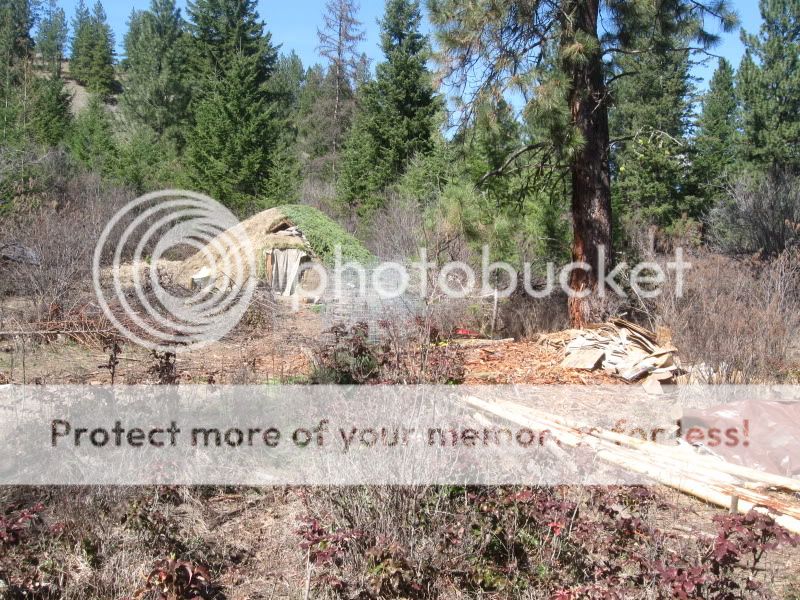Quotes pulled from
this message
Bill Kearns wrote:
Yup, much drier at my place.
This earth sheltered (pit) house was built by my friend Kyle somewhat north of Colville, WA a couple of years ago.

I read all of the links and looked for more. on the same site as the project links I found this:
overview of the pithouse project
It was written after the author had moved out after spending one winter living in the above pit house. He had some important things to say. One of the most important things in my mind is:
I now wish I had used a more traditional style.
What happened is that he took design elements from pit houses around the world and even some non-pithouse elements. It turns out that almost all the elements he took from out of area buildings didn't work right. The traditional building style for the area was the tradition, not because they had "always done it that way", but because it works for that climate/area (based also on the available materials found there).
Here is where the wofati comes in. Those who are following the building of the first one and the experimentation as they modify it or build others and wish to build their own.... need to understand that this exact style may not work in other parts of the country. The basic concepts may be great, but the tweaks Paul does where he is may have to be different where someone else is.
So I decided to do some research on my area and found some interesting things. I live on Vancouver Island in BC Canada. The peoples who were here before stick built took over covered both the east side of the island (where I live) as well as a good part of the mainland. Same culture and language. Yet on both sides of the water long houses were used in the summer, but on the mainland they used pit houses in the winter and on the Island used the long house year round. I wonder why the difference? Too much seismic activity? Too wet? The nearest pit houses on the mainland are still in areas as wet or wetter than here. I will obviously need to do a lot more research yet.


